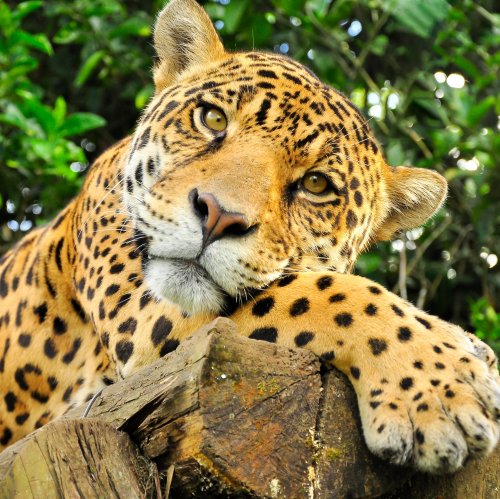Quiz: Guess an Beasts of Prey from a Photo

Free online printable quiz with multiple-choice questions (MCQ) without registration.
Predators are some of the most intelligent members of the animal world. They can be exceptionally dangerous, but they are no less valuable and important. Dexterous, fast or slow, beautiful or not, each of them deserves to be protected and defended.
The Quiz: "Guess an Beasts of Prey from a Photo", which we suggest you take today, are interesting questions with clues. Test your knowledge and your visual memory!
Test yourself
Found a mistake? Select it and press Ctrl+Enter
For each question choose one of the multiple answers then click done to check your results.
